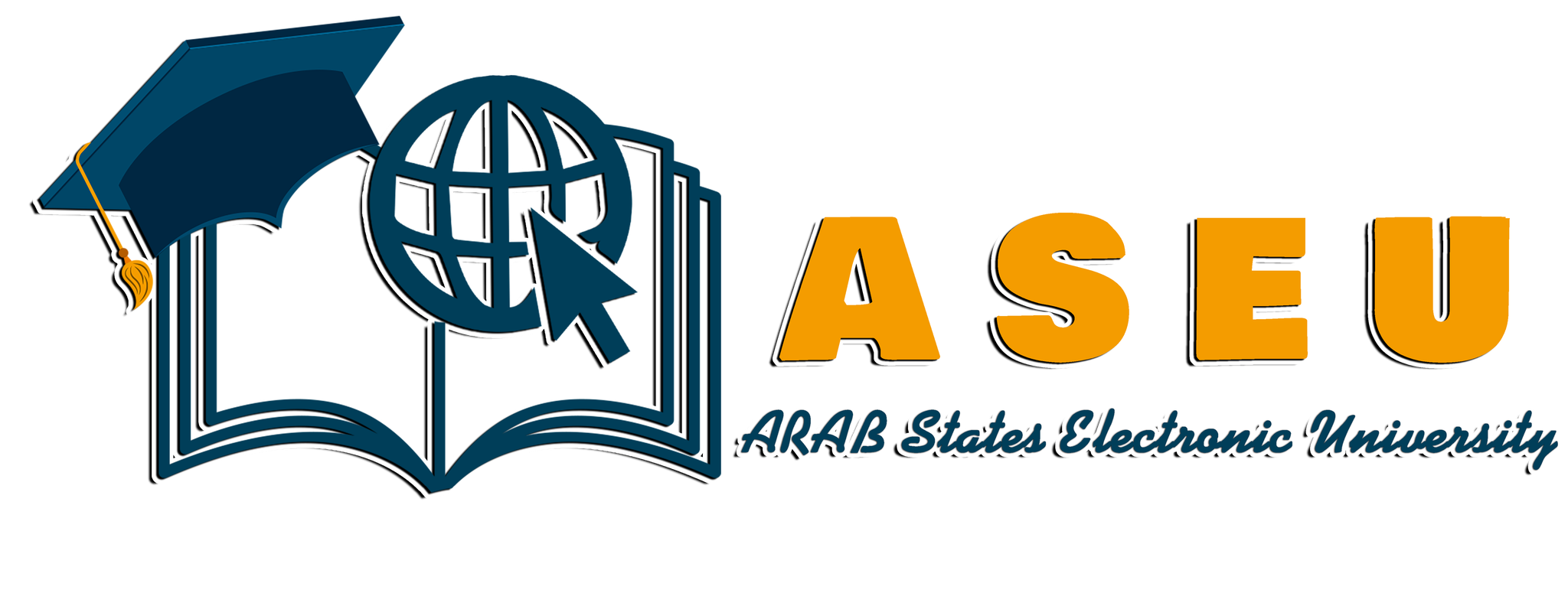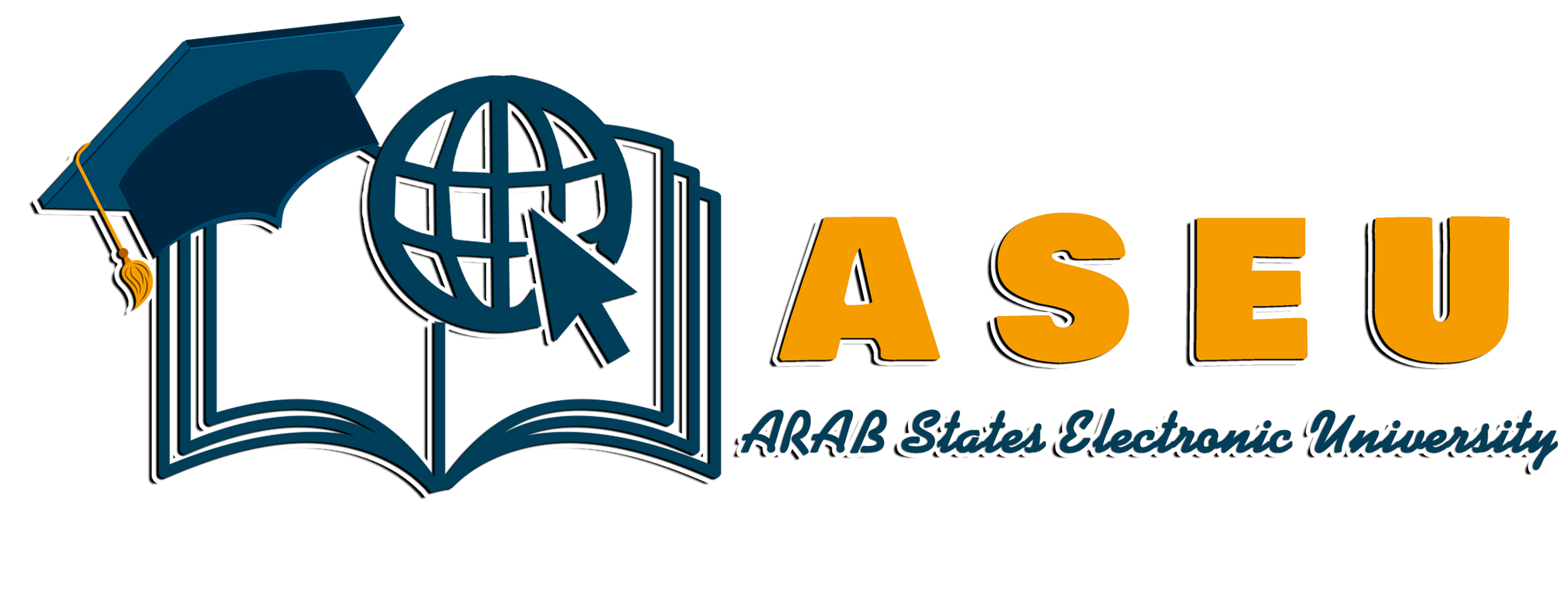Industrial motion control equipment: Key in robotics, packaging, and production lines.
Industrial Motion Control Equipment refers to the entire range of systems and components used to precisely manage the speed, torque, position, and direction of moving parts within industrial processes. While fluid power components (actuators, pumps, motors, and valves) are a substantial part of this equipment, the segment also centrally involves electromechanical technologies (servo motors, stepper motors, and drives) and their associated electronic controllers.
In the US industrial landscape, motion control is a key driver of automation, particularly in discrete manufacturing, packaging, printing, and robotics. Modern industrial motion control systems are increasingly sophisticated, relying on closed-loop feedback systems where sensors constantly monitor position and speed, and electronic controllers make real-time adjustments.
Fluid power's contribution is concentrated in applications requiring high force and stiff response, often interfacing with the main electronic controller via smart electro-hydraulic or electro-pneumatic drives. The trend here is hybridization, where complex, multi-axis motion is often executed using electric servo drives for high speed and precision, while high-force clamping, lifting, or stamping operations are reserved for robust fluid power actuators. The market is thus shifting towards integrated solutions that require engineers to be proficient in blending electrical, mechanical, and fluid power expertise to create optimized, high-performance manufacturing processes.
FAQs on Industrial Motion Control Equipment
Q: How is the performance of an industrial motion control system typically quantified?
A: Performance is typically quantified using metrics such as precision (accuracy and repeatability), velocity (speed of movement), acceleration, and the stiffness or responsiveness of the system under varying loads.
Q: What role do Programmable Logic Controllers (PLCs) and industrial PCs play in modern motion control?
A: PLCs and industrial PCs serve as the high-level system controllers, managing the overall machine logic, coordinating the sequence of motions, processing feedback from sensors, and issuing command signals to the servo/drive systems or smart fluid power components.
Q: What is the key advantage of a closed-loop motion control system over an open-loop system?
A: A closed-loop system uses real-time feedback (from encoders or position sensors) to constantly compare the actual motion to the commanded motion and correct for any errors, ensuring high accuracy and repeatability, which is essential for most industrial processes.



